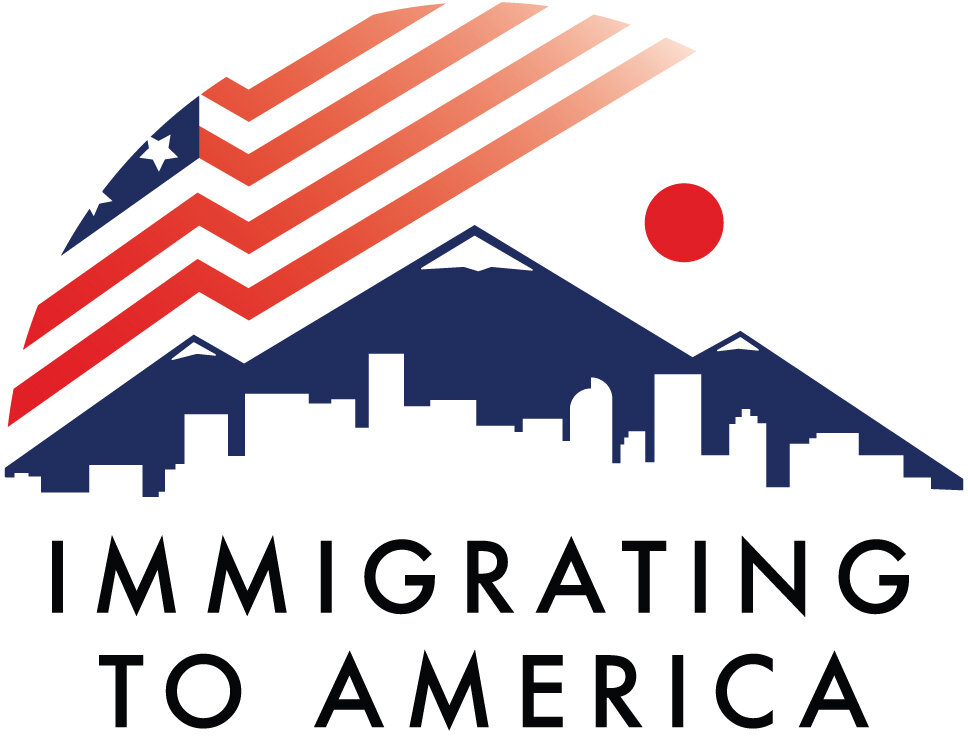What are the Different Ways for Immigrants to Get Green Cards in the United States?
Green Cards in the United States
A green card is an essential document for immigrants who want to live and work in the United States permanently. It provides the holder with legal permanent resident (LPR) status and offers numerous benefits, including the ability to work, study, and apply for U.S. citizenship after a certain period of time. In this article, we will explore the different ways immigrants can obtain green cards in the United States.
Family-Based Immigration
One of the most common ways for immigrants to obtain a green card is through family-based immigration. This process involves a U.S. citizen or permanent resident sponsoring a family member to become a permanent resident. The categories for family-based immigration are:
Immediate Relatives: U.S. citizens can sponsor their spouses, unmarried children under 21, and parents. There is no cap on the number of immediate relative visas issued each year.
Family Preference Categories: U.S. citizens and permanent residents can sponsor more distant relatives, such as siblings and adult children, but these categories have annual caps, which can result in long waiting periods.
Green Card Through Marriage
While family-based immigration is a common pathway for obtaining a green card, it is worth noting the specific process for those who marry U.S. citizens or lawful permanent residents. In these cases, the U.S. citizen or permanent resident spouse can sponsor the foreign spouse for a green card. The couple must provide evidence of a bona fide marriage, meaning that the marriage was entered into in good faith and not solely for immigration purposes.
Employment-Based Immigration
Employment-based immigration is another common pathway for immigrants to secure a green card. This method involves a U.S. employer sponsoring a foreign national for a green card based on their job skills, education, or extraordinary abilities. Employment-based green cards are divided into five preference categories:
EB-1: Priority workers, including those with extraordinary abilities, outstanding professors and researchers, and multinational executives and managers.
EB-2: Professionals holding advanced degrees or with exceptional ability in the sciences, arts, or business.
EB-3: Skilled workers, professionals, and other workers with a minimum of two years of experience or training.
EB-4: Special immigrants, such as religious workers, certain employees of the U.S. government, and others.
EB-5: Immigrant investors who invest a substantial amount of capital in a new commercial enterprise that creates at least 10 full-time jobs for U.S. workers.
Diversity Visa Lottery Program
The Diversity Visa Lottery Program is a unique opportunity for individuals from countries with historically low rates of immigration to the United States. This program selects 50,000 winners each year through a random drawing, granting them green cards without the need for a family or employer sponsor. To be eligible, applicants must meet certain educational and work experience requirements and come from an eligible country.
Asylum and Refugee Status
Individuals who fear persecution in their home country due to their race, religion, nationality, political opinion, or membership in a particular social group may qualify for green cards through asylum or refugee status. Asylum seekers must apply within one year of arriving in the United States, while refugees are typically processed abroad and enter the U.S. with this status. Both asylees and refugees can apply for a green card one year after being granted their respective status.
Humanitarian Programs
In addition to asylum and refugee status, there are other humanitarian programs that may lead to a green card. These include:
Temporary Protected Status (TPS): A temporary immigration status granted to nationals of certain designated countries facing ongoing armed conflict, natural disasters, or other extraordinary conditions. TPS holders can apply for a green card if they become eligible through another pathway, such as marriage or employment.
U and T Visas: These visas are designed for victims of certain crimes (U visa) and human trafficking (T visa) who assist law enforcement in the investigation or prosecution of those crimes. U and T visa holders can apply for a green card after three years of continuous physical presence in the United States.
Conclusion
There are various ways for immigrants to obtain green cards in the United States, including family-based immigration, employment-based immigration, the Diversity Visa Lottery Program, asylum and refugee status, and the Special Immigrant Category. Each pathway has its own requirements, procedures, and waiting periods. It is essential for prospective immigrants to carefully evaluate their options and seek professional guidance to ensure they choose the most suitable pathway for their unique circumstances.
Legal Disclaimer
The information provided on www.immigratingtoamerica.com, including blog posts and articles, is intended for general informational purposes only and should not be construed as legal advice on any subject matter. This website and its content may not reflect the most current legal developments and are not guaranteed to be complete, correct, or up-to-date.
Visiting this website or contacting Immigrating To America LLC through email, contact forms, or any other means of communication does not create an attorney-client relationship. You should not act or refrain from acting on the basis of any content included on this website without seeking appropriate legal or professional advice on your specific situation from an attorney licensed in your jurisdiction.

